When a Roman emperor risks falling from his pedestal
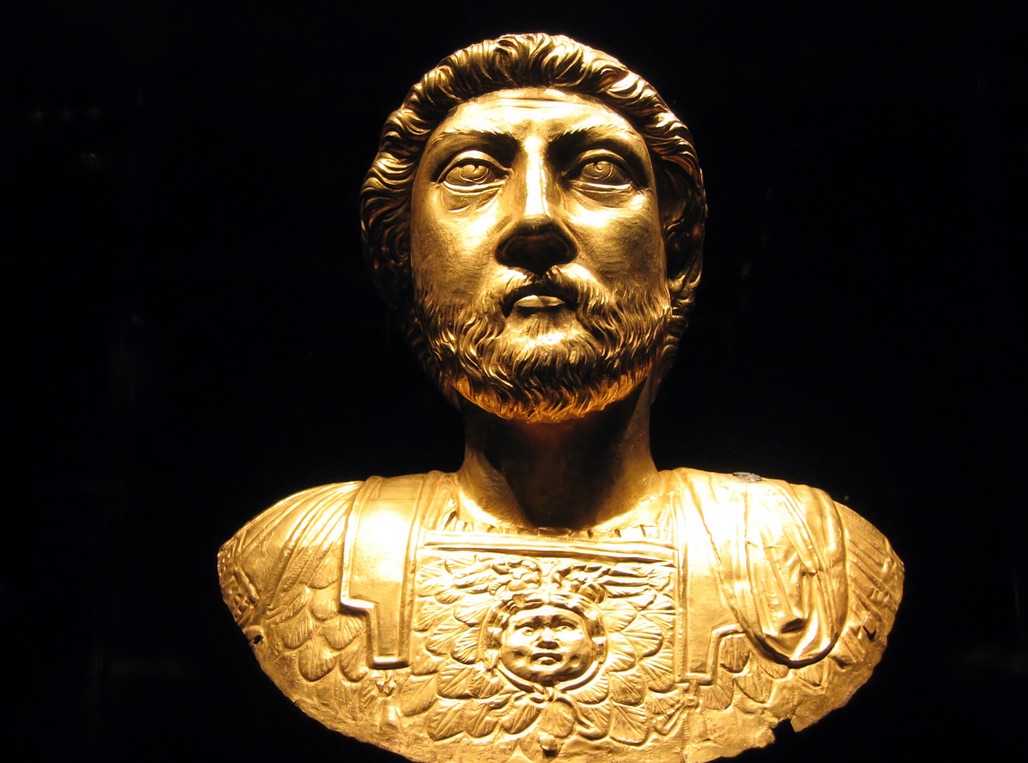
The gold bust of Marcus Aurelius is the most precious and best-known object in Swiss archaeology. But while its value is hardly in dispute, the same cannot be said of its subject’s identity. According to a new theory, the bust does not represent an illustrious Roman emperor, but an obscure Gallic usurper.
It’s fair to say that the bust of Marcus Aurelius is the big star of Swiss archaeology. The perfectly preserved object is certainly impressive: 33.5cm high, 1.6kg of 24-carat gold. The object is so precious that it is kept in the vaults of the cantonal bank in Lausanne – the bust on display at the Roman Museum in Avenches is just a copy.
The bust comes from Avenches, a small town in canton Vaud that was once the capital of Roman Helvetia. The object was found during excavations carried out in 1939 by unemployed people on a work programme. It was buried in a drain near the ancient forum temple.
The discovery of the bust in the 1939 Swiss Cinejournal newsreel (RTS archives):
The figure depicts a bearded man in the prime of life, with two wrinkles on his forehead and wearing a cuirass, a piece of armour consisting of a breastplate and backplate fastened together. But no inscription reveals his identity. Only one thing is certain: it can only be an emperor, given the use of gold.
Shortly after the discovery, specialists from the period agreed on a name at an archaeological congress in Berlin: it was Marcus Aurelius, emperor from AD161-180.
And if the bust is exceptional, so too is the character associated with it. Marcus Aurelius was one of the most powerful Roman emperors. He is also the archetypal philosopher-emperor, who based his reign on the precepts of Stoicism; an emperor-writer who left posterity his Meditations.
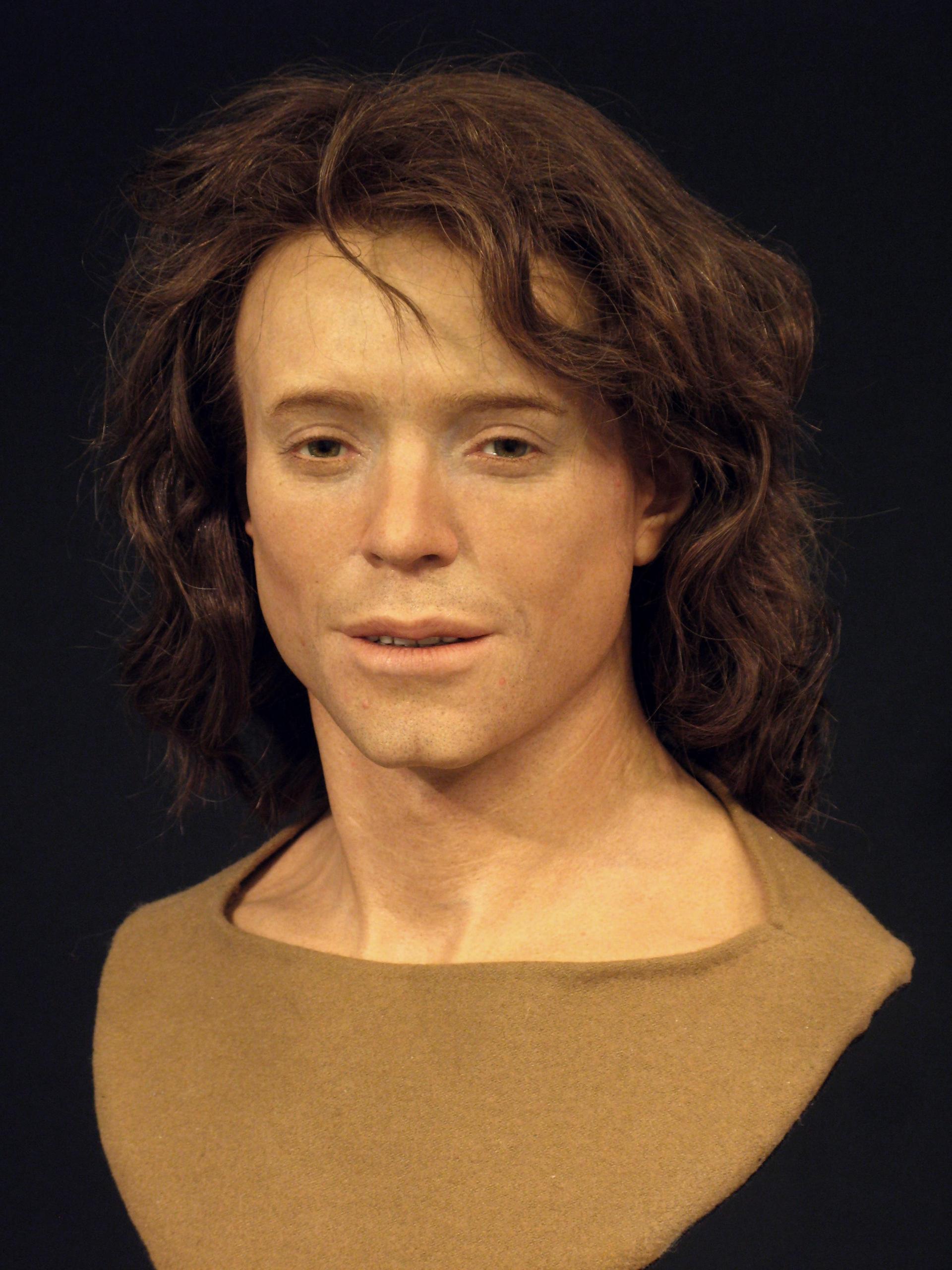
More
Facing up to Switzerland’s Roman past
A story of beards and curls
The beard and the two wrinkles are classic attributes of philosophers. So it could well be Marcus Aurelius. But that’s just one hypothesis among many, not least because some 15 emperors wore beards.
Other names have also been mentioned. Before agreeing on Marcus Aurelius, archaeologists in 1939 first thought of his predecessor Antoninus Pius (138-161). In the 1980s, another theory saw the bust as a portrait of Julian the Apostate (361-363), the emperor who tried in vain to re-establish paganism.
A new theory was recently presented in Passé SimpleExternal link, the monthly history and archaeology magazine for French-speaking Switzerland. It comes from Michel Fuchs, Emeritus Professor of Archaeology at the University of Lausanne and author of numerous publications on the ancient capital of the Helvetians. He suggests that the figure depicted on the bust is Tetricus I (271-274), the last emperor of the short-lived Gallic Empire (260-274).
Like others before him, Fuchs points out that all known representations of Marcus Aurelius show him with a curly hairstyle, which is not the case with the figure in the bust. The latter, on the other hand, corresponds very well to the coins bearing the effigy of Tetricus.
“Tetricus has a fine nose, a well-groomed beard and hair that is raised in a wisp at the top, smooth at the back and in a star shape on the skull. This corresponds very closely to what we know about the bust from Avenches,” Fuchs explained on Swiss public television, RTS.
What’s more, the coins found at Avenches show that the cities were on the side of the breakaway Gallic empire, and not on the side of the legitimate Roman emperors.
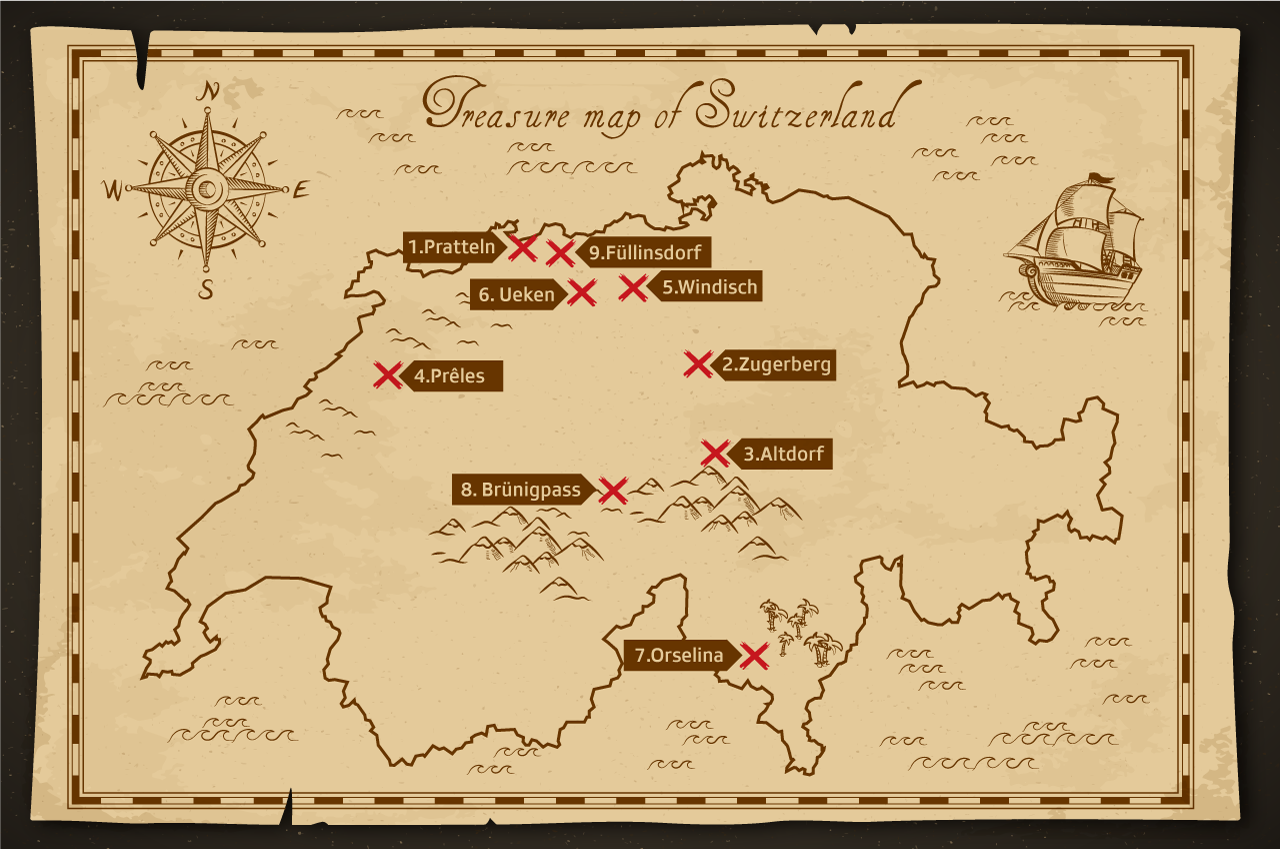
More
Discovering Switzerland’s buried treasure
An exceptional coin
Michel Fuchs’s new theory does not provide proof of the identity of the figure. In fact, Denis Genequand, director of the Roman Site and Museum in Avenches, considers the evidence to be “tenuous”.
“The study of Roman portraits is not an exact science, and it’s a discipline that’s no longer in vogue. The only representations we have of Tetricus are his profiles on coins; we would need other statues to make a more appropriate comparison,” he told newspaper La Liberté. For him, Marcus Aurelius remains “the most likely interpretation”.
Fuchs is hardly surprised by this scepticism. “It would be extremely difficult or audacious to tamper with the image of Marcus Aurelius offered by the gold bust in Avenches. The attribution refers to the emperor par excellence, the one whom all his successors sought to imitate and whose praise later authors would eulogise,” he writes in Passé Simple.
The identity of the character will probably never be unanimously agreed. On the other hand, everyone can agree on the exceptional nature of the object. “It’s a gold bust of a Roman emperor that’s in a very good state of preservation, and it’s large compared with other known gold busts. So, in any case, it’s an exceptional find,” Genequand told Swiss public radio, RTS.
Translated from French by DeepL/ts
More

In compliance with the JTI standards
More: SWI swissinfo.ch certified by the Journalism Trust Initiative



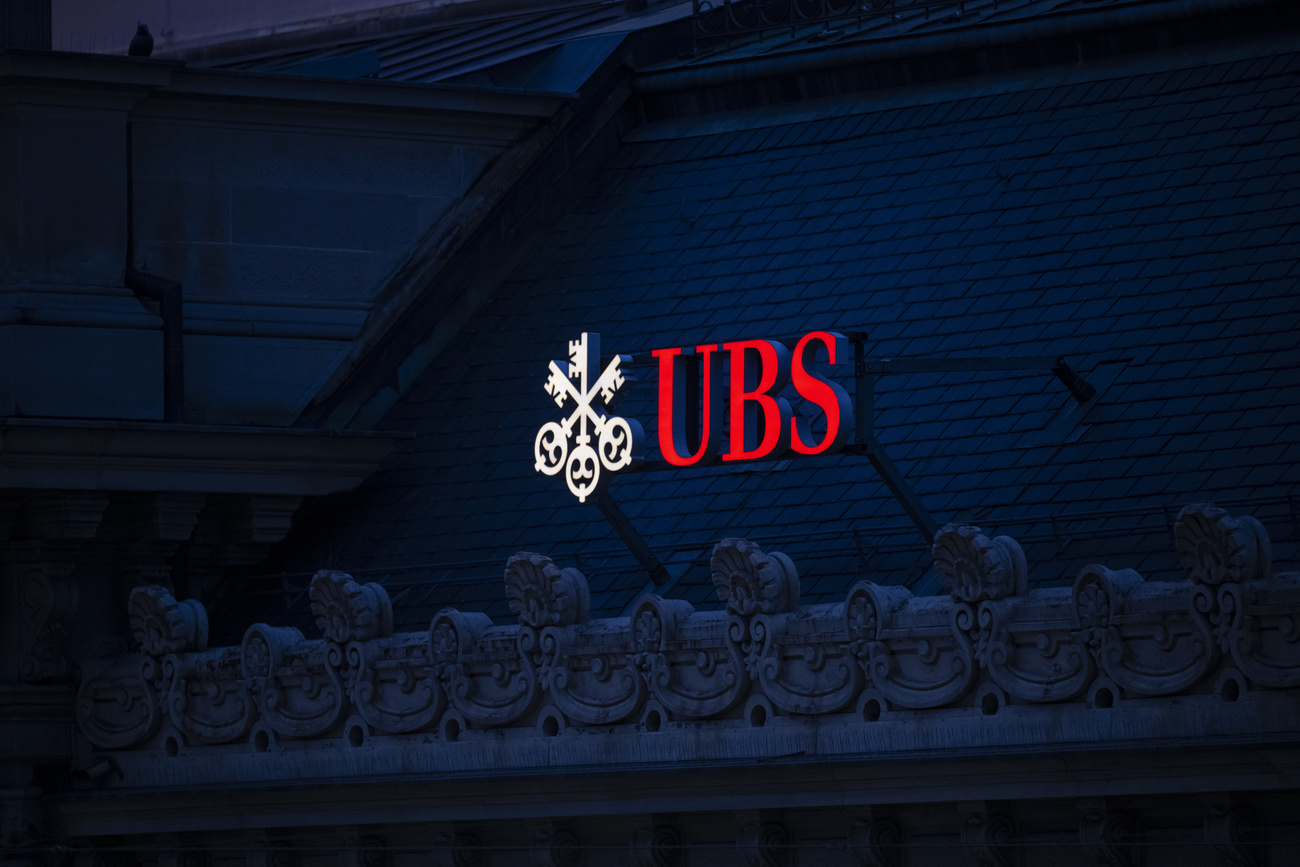

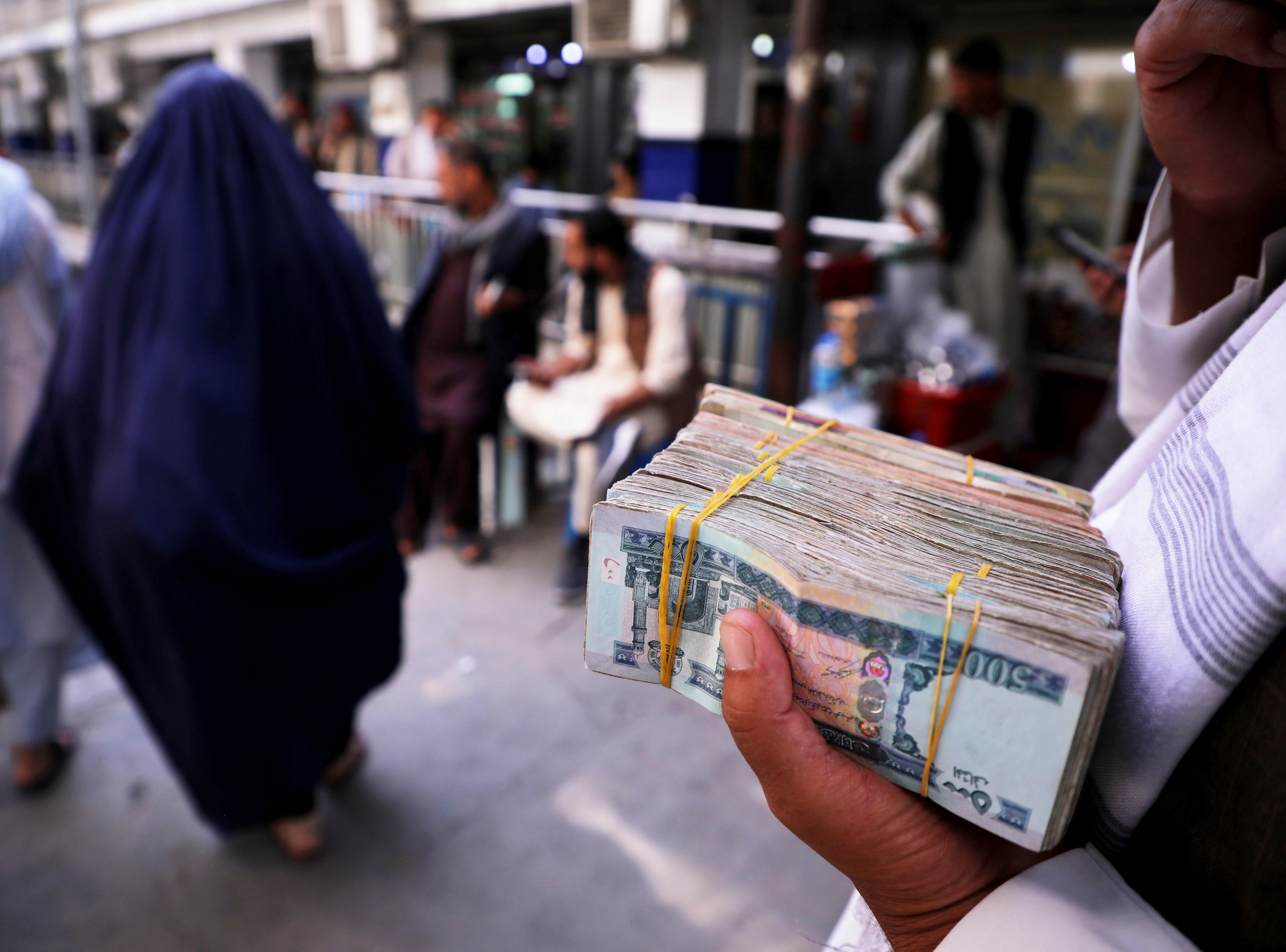
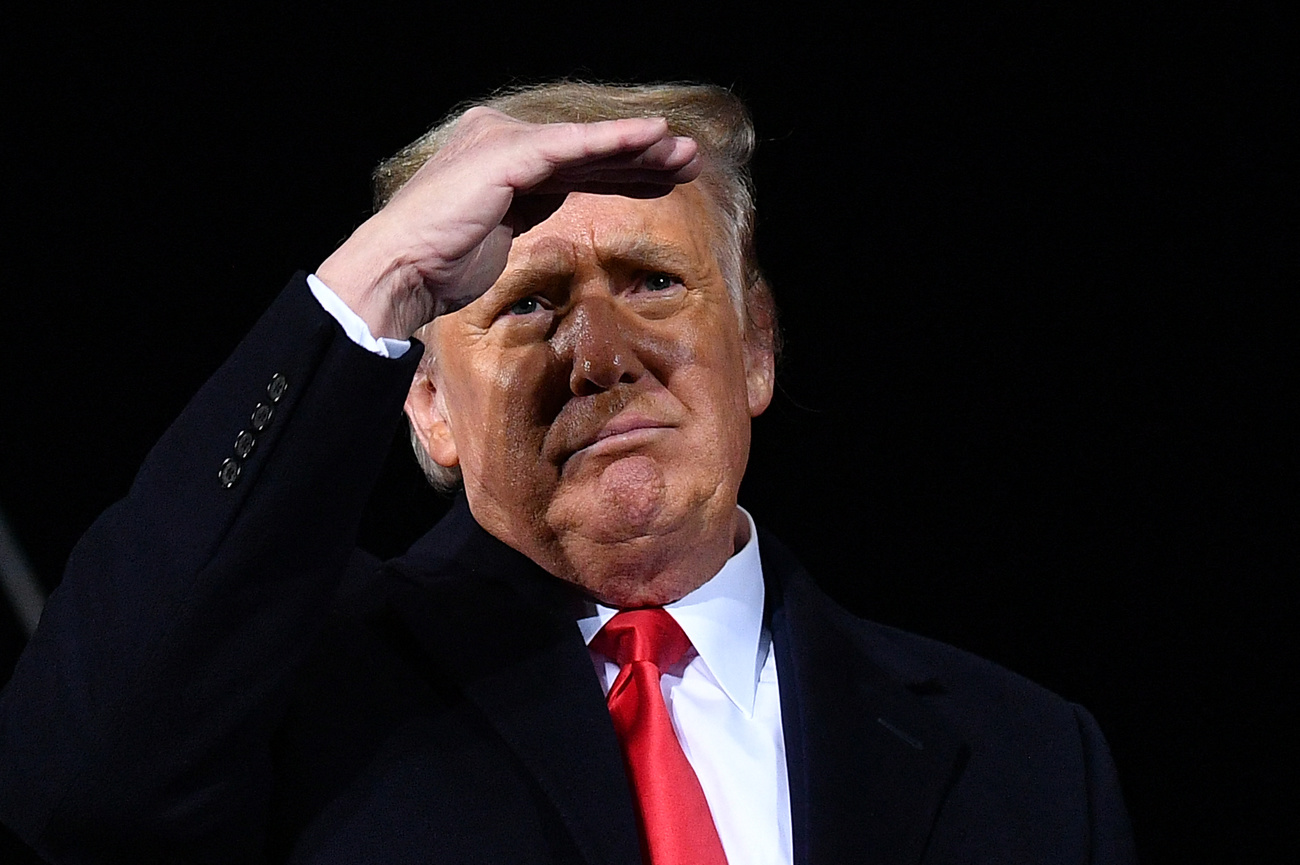




You can find an overview of ongoing debates with our journalists here . Please join us!
If you want to start a conversation about a topic raised in this article or want to report factual errors, email us at english@swissinfo.ch.